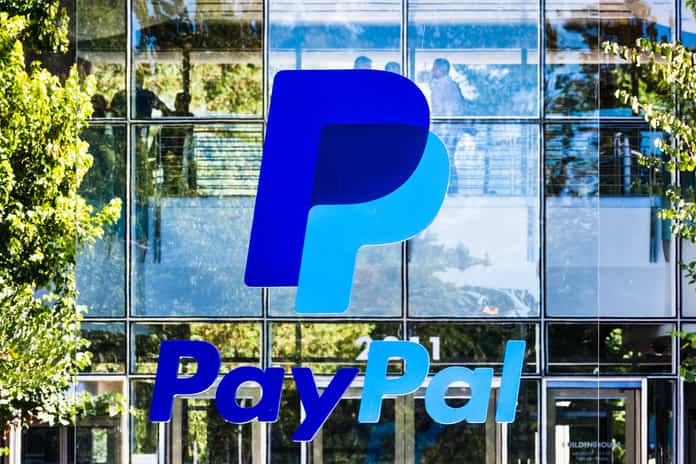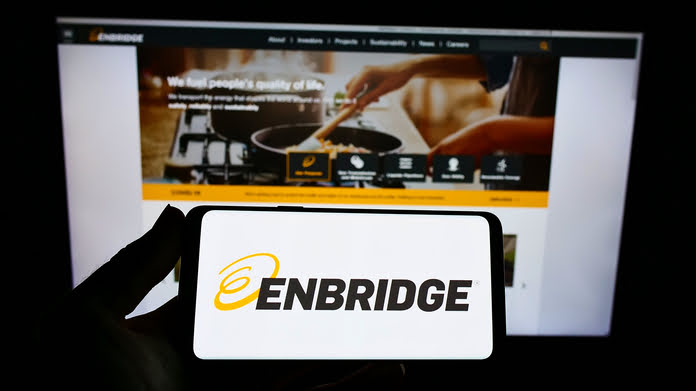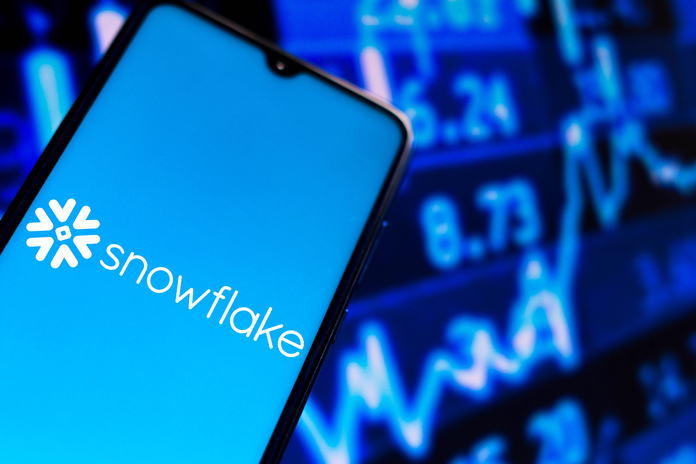Another quarter of solid growth was produced by argenx (NASDAQ:ARGX), which added 1,000 patients to its Vyvgart patient base and increased net sales to $74.9 million from $21 million in the prior quarter. Strong adoption is the outcome of considerable educational efforts made even before Vyvgart was approved and launched and significant sales and marketing expenses made after the approval in late 2021.
The $20 billion market cap, unusual for an early-stage commercial biotech company, indicates that expectations are already reasonably high. The stock momentarily rose in response to the news before returning to its previous levels.
Argenx’s long-term growth prospects continue to excite me. Still, I doubt that Vyvgart in myasthenia gravis will be enough to propel the business to the next level of valuation growth. We should see three crucial phases and three readouts in 2023. At least one of these prospects is greater than the authorized gMG indication – chronic inflammatory demyelinating polyneuropathy, or CIDP. Fortunately, there are many other opportunities to score in the medium run.
In the US, Vyvgart is Gaining Popularity
Argenx had 400 patients on Vyvgart at the end of the first quarter but had over 1,400 at the end of the second. This represents the total number of patients worldwide. However, most of them are still in the United States, while Japan only contributed $1.5 million. After just two quarters on the market, Vyvgart’s market share in the United States has risen to about 8%; according to argenx, the targeted patient population in the country is roughly 17,000 people.
The reimbursement procedure should be more straightforward and quicker due to the implementation of the permanent J-code in early July.
Most patients starting Vyvgart had used IVIg or biologic medications before. Most prescribers have filled one or two prescriptions, a positive sign for widespread acceptance.
With the launch’s first success, the main concern is if this is a bolus effect and whether argenx can maintain the fast pace it set in the first half of the year. Since Vyvgart’s dosing is customized, there are additional concerns regarding retention and the typical dose administered to each patient annually. I do not have convincing answers to these problems. Still, it seems implausible that the business can continue to grow by 1,000 patients every three months if the total number of patients in the addressable market is just 17,000 patients.
On the other hand, if we count other areas, especially Japan and Europe, the corporation may be able to maintain this pace over the coming quarters. Vyvgart introduced it in Japan six weeks ago. In June, it earned a favorable CHMP opinion. Two months after the favorable opinion, approval is anticipated. In 2023, we should observe a more significant ramp outside the US.
By the end of the year, argenx also plans to submit a BLA for a subcutaneous form of Vyvgart. The ease of subcutaneous injection should significantly increase acceptance in the second half of 2023 and beyond, assuming a prompt approval in 2023 (and the company could use a Priority Review ticket it obtained to shorten the review period to six months).
In the indication for generalized myasthenia gravis, Vyvgart seems to be well on its approach to reaching my peak sales forecast range of $1.5 billion to $2 billion. Peak sales might surpass $2 billion in three to four years if it can maintain the brisk pace of the first half of 2022 in the United States and replicate the performance in other areas.
Cusatuzumab’s spinoff into OncoVerity and partner AbbVie’s promotion of the favorable ABBV-115 combo data
Argenx also declared that it would work with UCHealth and spin out cusatuzumab into OncoVerity to advance the treatment of acute myeloid leukemia. Given the unimpressive phase 2 results that caused the program’s former partner Johnson & Johnson (JNJ), to discontinue it, I am not hopeful about this program. Argenx could undoubtedly sponsor such a program, but it does not appear that the company is enthusiastic enough to do so.
Partner AbbVie (ABBV), on the other hand, had complimentary remarks to make regarding the ABBV-151 program (formerly ARGX-115). This candidate attacks a brand-new target called GARP to activate a patient’s immune system. Argenx is entitled to more than $600 million in development, regulatory, and commercial milestone payments from AbbVie and tier-based royalties on net sales between the mid-single digits and the lower teens.
Although ABBV-151 (or “151”) could not produce satisfactory monotherapy efficacy, AbbVie claims to have seen encouraging combo data.
Given the company’s scale and that AbbVie receives most of the economic benefits from the program, this represents only short-term gains for argenx and is not a key long-term growth driver.
Conclusion
Vyvgart should generate more than $1.5 billion in yearly sales in the generalized myasthenia gravis market in three to four years, thanks to another strong quarter. The BLA application for the product’s subcutaneous form is anticipated before the end of the year and, if accepted, should hasten adoption even more.
In the meantime, the business is still actively pursuing the development of Vyvgart for a variety of new indications, and 2023 should be a significant year for the pipeline as three registrational trials—CIDP, ITP, and pemphigus vulgaris—will report results. ARGX-117 should also get greater attention. Pipeline beyond Vyvgart was one of the things lacking in the past years. ARGX-117 required time to advance through preclinical trials and a phase 1 trial in healthy volunteers because Cusatuzumab had disappointed.
With $2.6 billion in cash and equivalents at the end of the second quarter, argenx is in an excellent financial position. It seems likely that management will conclude the year with more than $2 billion in cash because it anticipates burning up to $1 billion this year. The substantial capital burn is required to successfully launch Vyvgart and advance an expanding number of clinical trials; however, it should begin to decline in 2023 as Vyvgart revenues continue to rise.
Although the upside is somewhat constrained in the near term in the lack of significant pipeline readouts (albeit three are anticipated next year), I continue to be bullish about argenx’s long-term growth prospects. Additionally, Vyvgart’s successful launch and a burgeoning pipeline are the ideal ingredients to attract ample pharma attention.
Featured Image: Megapixl © Amaviael















